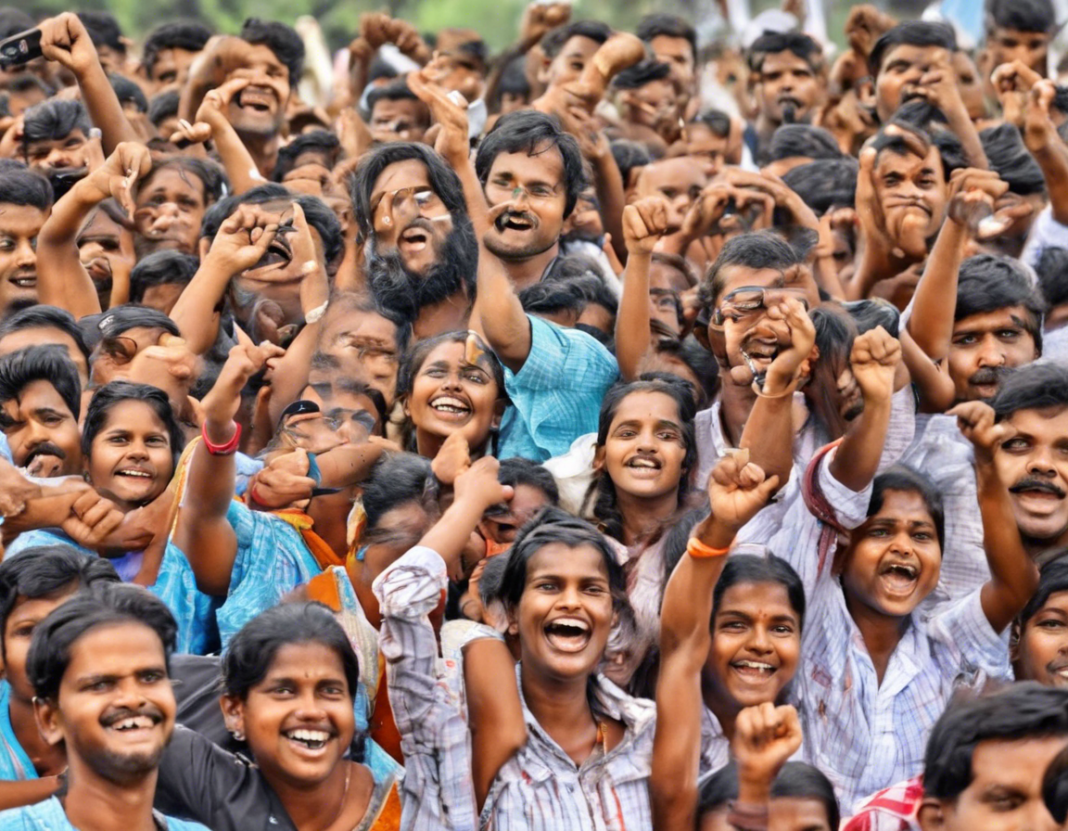With the next general elections in Odisha slated for 2024, political analysts and citizens alike are eagerly anticipating the potential outcomes. Odisha, known for its rich cultural heritage, historic temples, and stunning coastline, also holds significant political importance in the Indian landscape. As we delve into the nuances of the upcoming 2024 elections in Odisha, let’s analyze the current political scenario, key players, potential alliances, and the factors that may influence the electoral outcome.
The Current Political Landscape in Odisha
Odisha has been predominantly ruled by the Biju Janata Dal (BJD) led by Chief Minister Naveen Patnaik since 2000. The BJD has established a stronghold in the state, and Naveen Patnaik’s popularity and governance have been central to the party’s success in multiple elections. However, the upcoming 2024 elections pose fresh challenges for the party as it faces increasing competition from other political entities, particularly the Bharatiya Janata Party (BJP) and the Indian National Congress.
Key Players in the Odisha Political Arena
Naveen Patnaik and the Biju Janata Dal (BJD)
Naveen Patnaik, a seasoned politician and the current Chief Minister of Odisha, has been instrumental in shaping the state’s political landscape. His strong leadership, focus on welfare schemes, and clean governance have garnered significant support for the BJD. However, with anti-incumbency sentiments and growing dissent within the party, Patnaik faces the challenge of maintaining his grip on power in the upcoming elections.
Bharatiya Janata Party (BJP)
The BJP, buoyed by its impressive performance in recent state elections across India, has been aggressively expanding its presence in Odisha. With a focus on Hindutva ideology, development agenda, and strategic alliances with regional parties, the BJP aims to pose a formidable challenge to the ruling BJD in 2024. Key leaders like Dharmendra Pradhan and Baijayant Panda have been actively working to strengthen the party’s base in the state.
Indian National Congress
The Indian National Congress, once a dominant political force in Odisha, has witnessed a decline in its fortunes in recent years. Infighting, lack of strong leadership, and inability to connect with the masses have hampered the party’s prospects in the state. However, with renewed efforts to revitalize the organization and forge alliances with smaller parties, the Congress seeks to improve its electoral performance in the upcoming elections.
Potential Alliances and Electoral Strategies
BJD and Regional Parties
Given the fragmented electoral landscape in Odisha, alliances and partnerships are likely to play a crucial role in shaping the electoral outcomes. The BJD, known for its pragmatic approach to politics, may explore tie-ups with smaller regional parties to consolidate its voter base and secure a majority in the assembly. By leveraging local leadership and addressing regional issues, the BJD could strengthen its position in the run-up to the elections.
BJP’s Coalition Building
The BJP, known for its strategy of coalition politics, may seek alliances with regional parties and influential leaders to bolster its electoral prospects in Odisha. By tapping into anti-incumbency sentiments, highlighting governance failures of the BJD, and emphasizing ideological differences, the BJP aims to make significant inroads in the state. Building a cohesive coalition with diverse social groups and communities will be key to the party’s success.
Congress Rejuvenation Efforts
The Indian National Congress, aiming for a political revival in Odisha, is likely to focus on grassroots mobilization, youth outreach, and building alliances with like-minded parties. By reinvigorating its organizational structure, addressing the aspirations of diverse social groups, and presenting a coherent vision for the state’s development, the Congress hopes to emerge as a credible alternative to the ruling BJD and the BJP.
Factors Influencing the 2024 Elections
Anti-Incumbency and Governance Issues
After more than two decades of BJD rule, anti-incumbency sentiments are on the rise in Odisha. Issues related to healthcare, education, infrastructure, and employment have become key concerns for the electorate. The manner in which the ruling dispensation tackles these challenges and addresses the aspirations of the people will have a significant impact on the electoral outcome.
Social and Economic Development
Odisha, despite its natural resources and cultural richness, continues to grapple with development disparities, poverty, and lack of basic amenities in many areas. The political party that effectively addresses these socio-economic challenges, promotes inclusive growth, and empowers marginalized communities is likely to garner support from a wide section of the electorate.
Caste and Community Dynamics
Caste-based politics and community alliances play a significant role in determining electoral outcomes in Odisha. Parties that can forge alliances with influential caste groups, tribes, and communities, while also addressing their specific developmental needs, stand to gain electoral advantage. Understanding the intricate caste equations and community dynamics will be crucial for political parties in their campaign strategies.
Demographic Shifts and Urban-Rural Divide
Odisha is witnessing rapid urbanization and demographic shifts, with a growing urban population and changing socio-economic landscapes. The urban-rural demographic divide, access to basic services in urban areas, and infrastructure development will shape voter preferences in the upcoming elections. Political parties that can balance the needs of urban and rural constituents are likely to fare well at the hustings.
Conclusion
The 2024 elections in Odisha present a fascinating political landscape marked by intense competition, shifting alliances, and dynamic electoral considerations. As key players gear up for the electoral battle, the state’s diverse socio-cultural fabric, governance challenges, and developmental aspirations will be central to shaping the electoral discourse. Whether the BJD retains its stronghold, the BJP makes significant gains, or the Congress stages a comeback remains to be seen, but one thing is certain – the electoral outcome in Odisha will have far-reaching implications for the state’s future trajectory.
Frequently Asked Questions (FAQs)
1. When are the 2024 elections expected to be held in Odisha?
The 2024 general elections in Odisha are likely to be held in April-May, coinciding with the national elections across India.
2. What are the key issues that may influence the 2024 elections in Odisha?
Key issues such as anti-incumbency, governance failures, social and economic development, caste dynamics, and the urban-rural devide are expected to influence the electoral outcomes in Odisha.
3. How has the political landscape in Odisha evolved in recent years?
The political landscape in Odisha has seen a shift with the BJP emerging as a formidable challenger to the ruling BJD, while the Congress seeks to revive its electoral fortunes in the state.
4. Which political parties are expected to form alliances in the run-up to the 2024 elections in Odisha?
The BJD may explore alliances with regional parties, the BJP is likely to build coalitions with influential leaders, and the Congress aims to forge partnerships with like-minded parties to strengthen their electoral prospects.
5. How important are caste and community dynamics in Odisha politics?
Caste-based politics and community alliances play a significant role in determining electoral outcomes in Odisha, with parties focusing on forging connections with influential caste groups and communities to secure electoral support.






